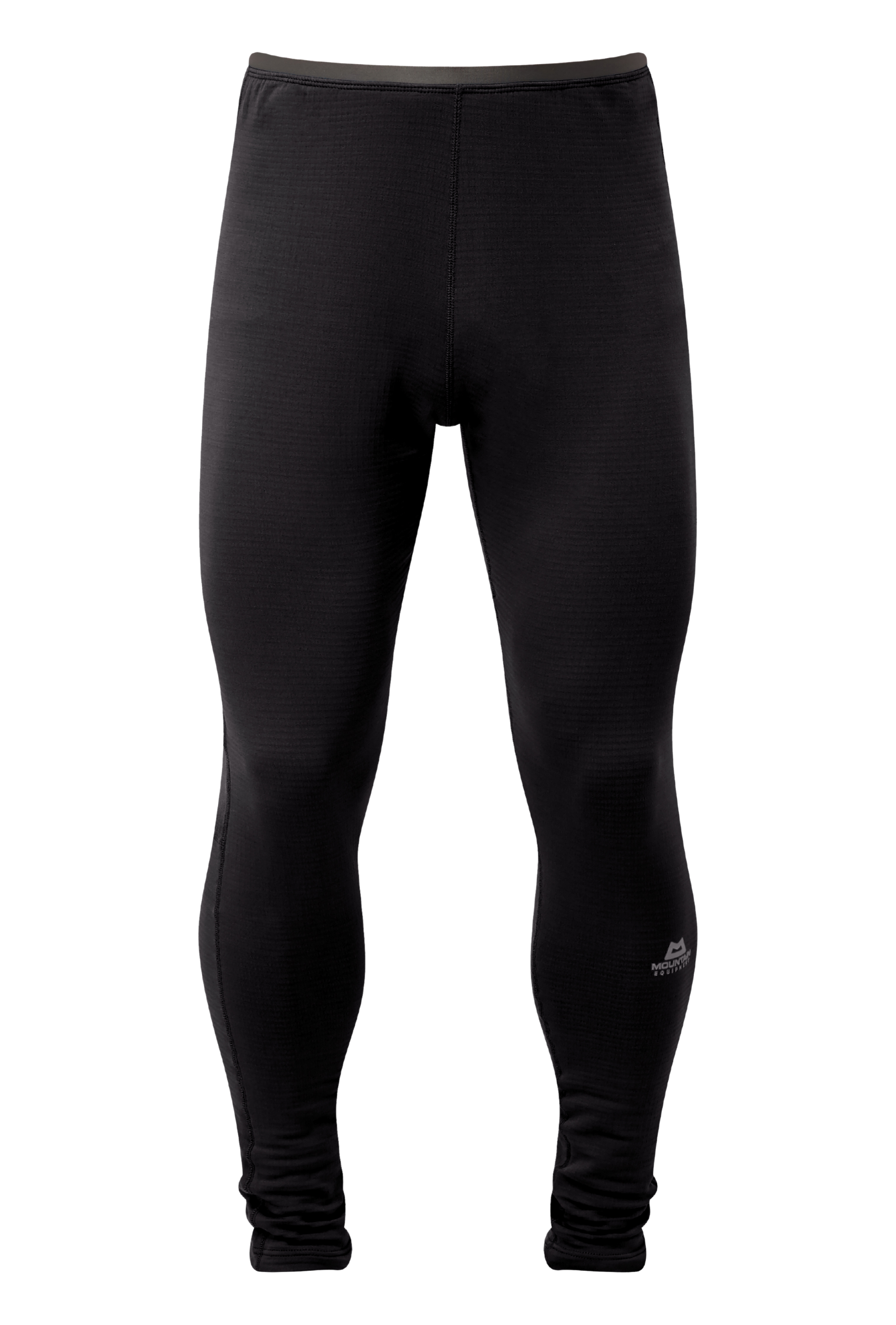Quietly revolutionary
The Eclipse series has been in our range for almost a decade. Spearheaded by the revolutionary Eclipse Hooded Zip T (the Eclipse Hoody to anyone outside of a marketing department), it has been a favourite with staff, reviewers and our pro team ever since its inception.
The Eclipse Hoody was designed to be the best winter baselayer/midlayer available, keeping out biting winds and cold air without the faff of dealing with masks or balaclavas. Painstaking prototyping to ensure that the hood worked up or down, with or without a helmet, took months, but the design was eventually perfected. In fact, the hood design has barely changed since its inception.
The Eclipse has been worn on countless world-first expeditions from the Himalayas to the South Pole to Canada, and by plenty of people day-in day-out whether climbing, on skis, or just in the mountains. We’ve even had guides confide in us that underneath the clothes they’re contracted to wear they’ve always got an ME Eclipse on.
Eclipse fleece range and Perpetual yarns
Our Eclipse products are made from a recycled Perpetual yarn. While many of our products are made using post-consumer recycled waste, only our Pontetorto® Tecnopile is made from Perpetual polyester yarns, a unique production process which offers huge environmental benefits over virgin polyester, and advantages over versus mechanical recycling too.
1.5 billion plastic bottles are discarded every day. Many of these go to landfill, but most can be recycled. Perpetual recycle more than 2 million plastic bottles a day into yarns, some of which go into our Eclipse products. Compared to conventional polyethylene terephthalate (PET) manufacturing, the production process reduces water use by 86% and energy consumption by 75%. It reduces landfill by 0.2m3 for every 1 ton of recycled PET waste, and oil use by 0.7 barrels.
Polyester is made from two types of building blocks which are reacted together. With conventional polyester production, both these building blocks are derivatives of crude oil. The Perpetual process replaces these oil-derived building blocks with those derived from used PET bottles. The process uses chemical recycling, therefore, to create a post-consumer waste feedstock.
This chemical recycling revolves around the process of depolymerising PET bottles back into the ester building blocks that make up PET. The crucial depolymerisation step occurs at relatively low temperature and without use of solvents that are not otherwise in the process, reducing waste and the use of potentially harmful chemicals. Exceptionally fine filters then remove any contaminants before the ester building blocks are then polymerised back into PET which can be used to make fibres.
Unlike mechanical recycling, which is a batch-based process, chemical recycling is continuous and this ensures exceptional consistency of the end fibre. This improves colour consistency and dyeing quality. Also, mechanical recycling leads to a gradual degradation in plastic quality, while with chemical recycling the plastic quality is kept exceptionally high and can be recycled indefinitely.
Perpetual yarns are certified to the Global Recycling Standard and meet Oekotex 100 certification.
In our Eclipse products, 100% of the polyester yarn is Perpetual yarn.

Behind the Design
'I’m really proud of the Eclipse Hoody, it was a style I worked on way back in my early days at Mountain Equipment. It was always intended to be an uncompromising piece of kit and it remains so today. We prototyped it fully in-house and created something we were really happy with, it’s totally stood the test of time with only a few tweaks along the way.'
Sam Stephenson, Head of Design










